In the US, election day is just over a month away. Voters across the country — or, more realistically, in a small handful of swing states — will decide whether former President Donald Trump or Vice President Kamala Harris becomes president.
To many observers, Trump, with his idiosyncratic leadership style and childish sense of humor, may seem silly. But it is a mistake to think that he does not represent a serious movement in American culture. Trump is the distillation, and perhaps the last gasp, of the values that were once dominant among white Americans: white supremacy, anti-elitism and an isolationism which is founded on the idea that foreigners are untrustworthy and really just not worth dealing with.
These voters see a new America composed of immigrants from Latin America and Asia, as well as groups that have been here somewhat longer like Catholics and Jews, as a threat to the white, Protestant America that they belong to and that traces its roots back to English colonists like the Pilgrims and the Virginia Company. They fear that these “newcomers” will be less resistant to ideas like globalism and socialism which, to them, are anathema.
Never before, at least since World War II, have the anti-democratic and racist components of American society been so close to winning power and threatening the basis of American democracy. Never before, either, has Russia (and perhaps China and Iran) been so able to influence the conversation in the US through disinformation and psychological operations.
Why do whites feel so disaffected? Racism is a factor, but so is the increasing gap in wealth that has many working-class Americans in the interior of the country feeling excluded. Social mobility is low, and universities have become elitist — racially diverse, yes, but largely stocked by the children of the wealthy. Meanwhile, staffers drawn from this elite, and not elected politicians, are the ones who actually draft the laws. Perhaps understandably, rural voters feel like they have to “take their country back.”
Yet if the wealth gap is the problem, Trump is the wrong solution. Trump represents a kind of protectionism and mercantilism that seeks to perpetuate the economic status quo. Harris, on the other hand, wants to increase the dynamism of the economy by moderately redistributing wealth. Capitalistic economies like the US tend to do best when capital is more widely dispersed. It is economic ossification — not foreigners — that are the real threat to white, working-class voters.
[Anton Schauble edited this piece.]
The views expressed in this article/video are the author’s own and do not necessarily reflect Fair Observer’s editorial policy.



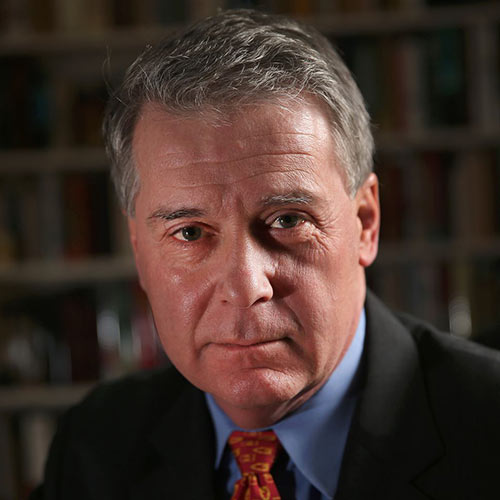


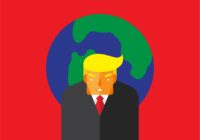


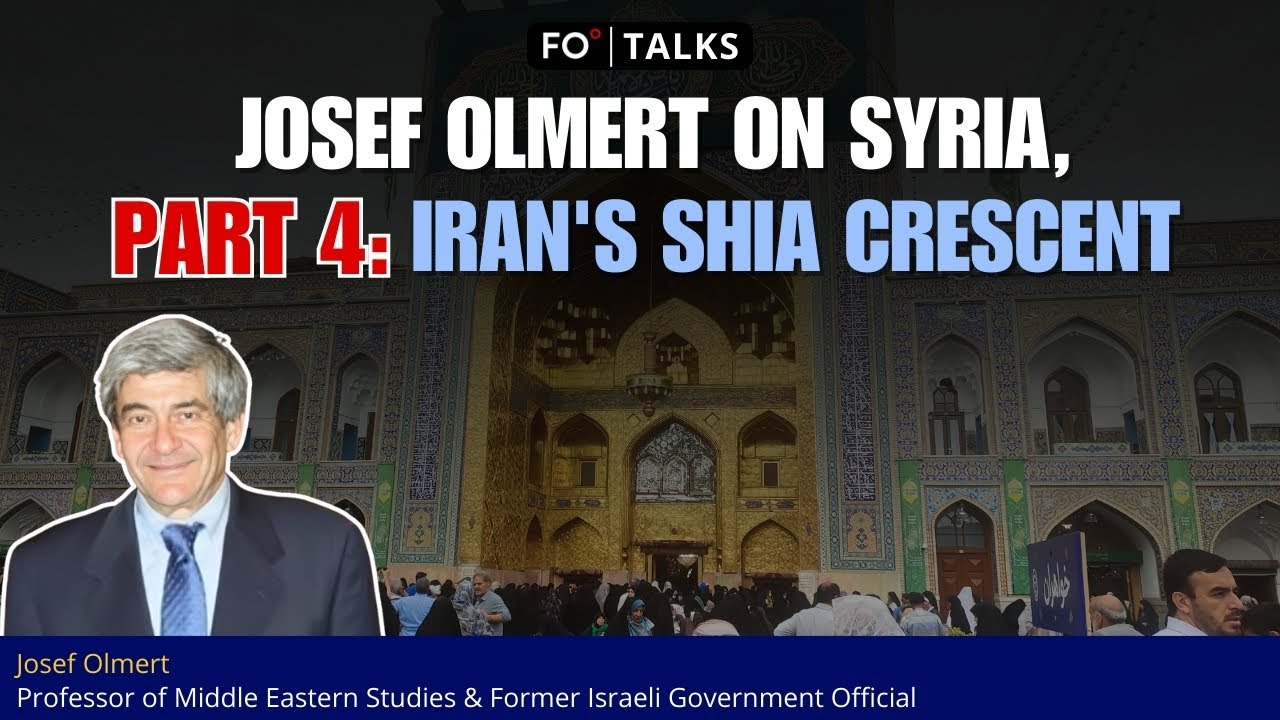
















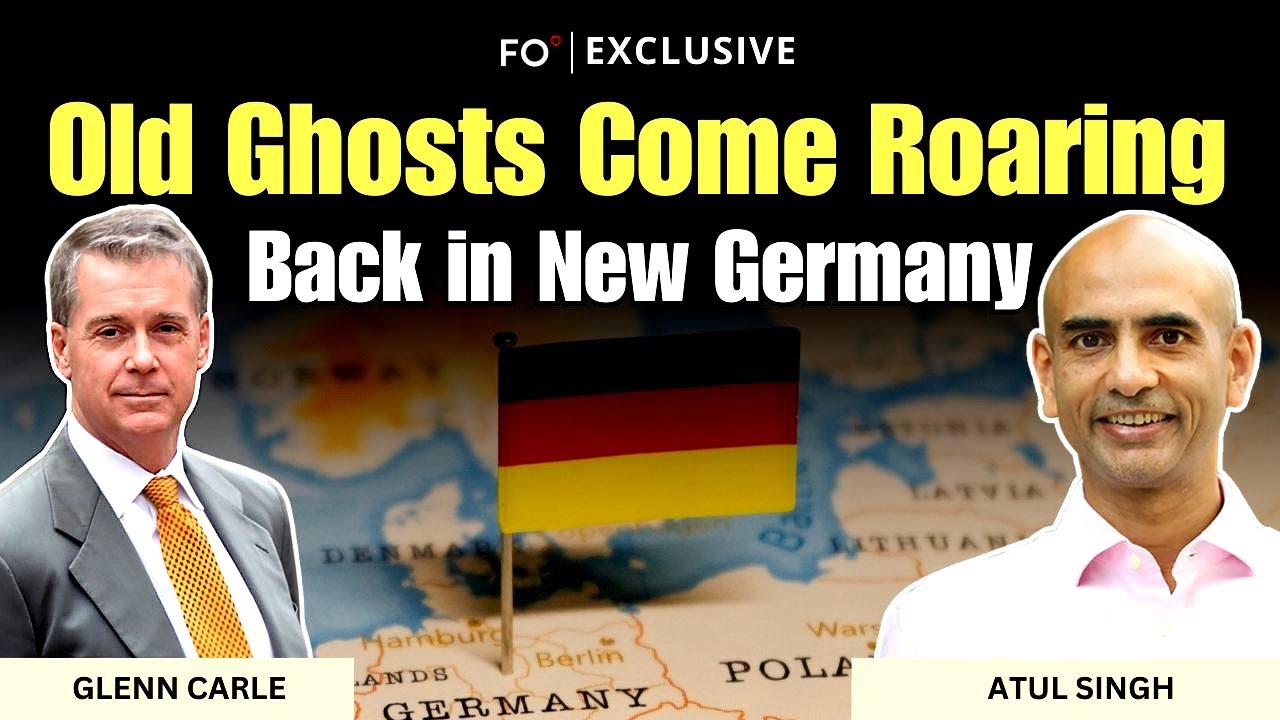

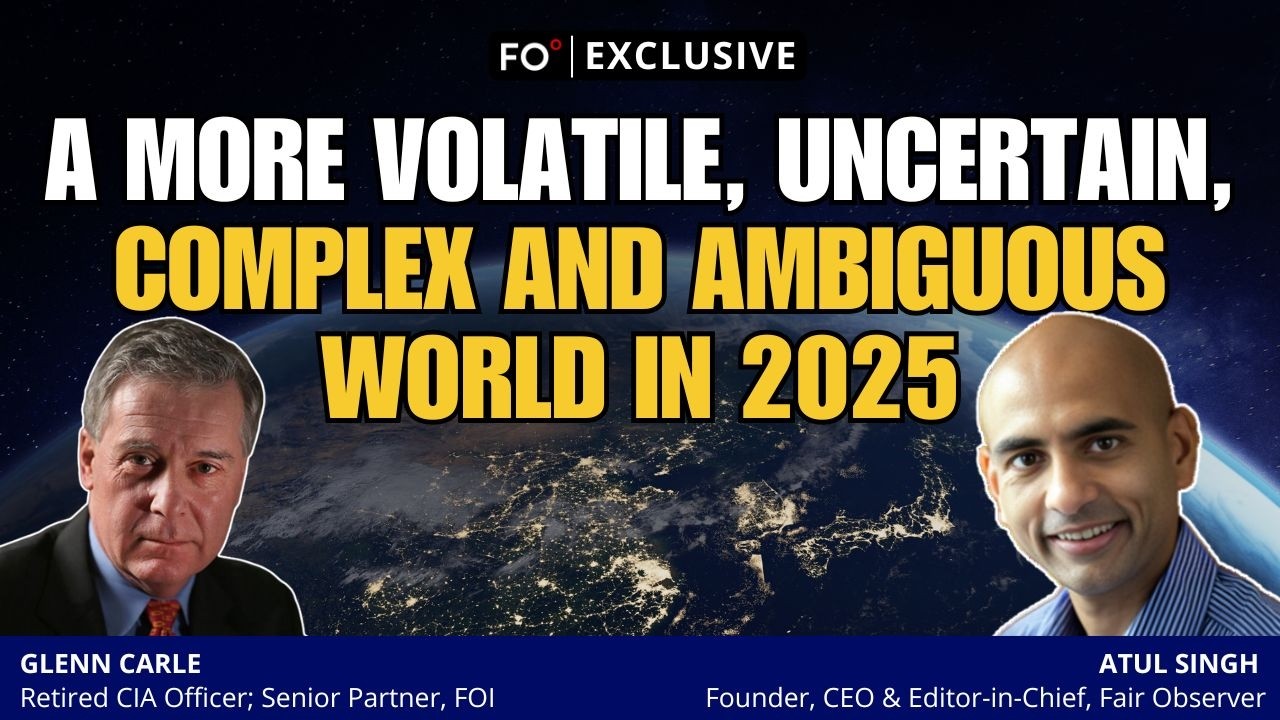


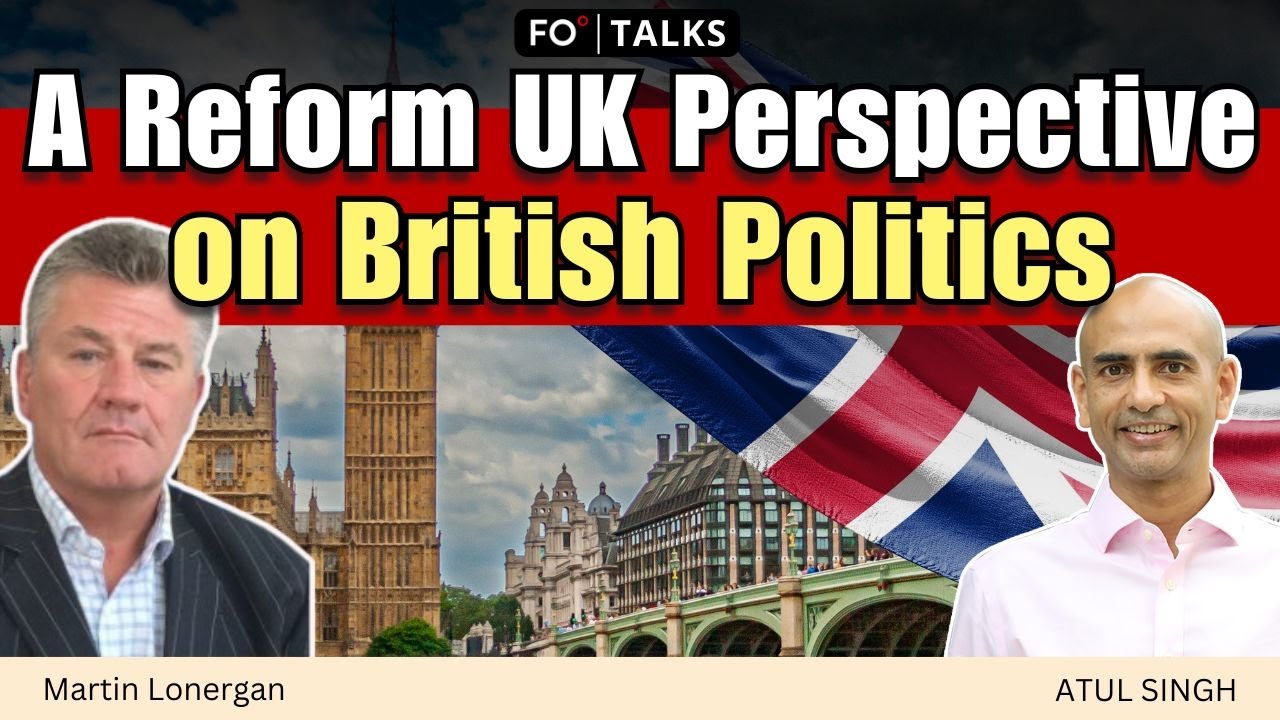


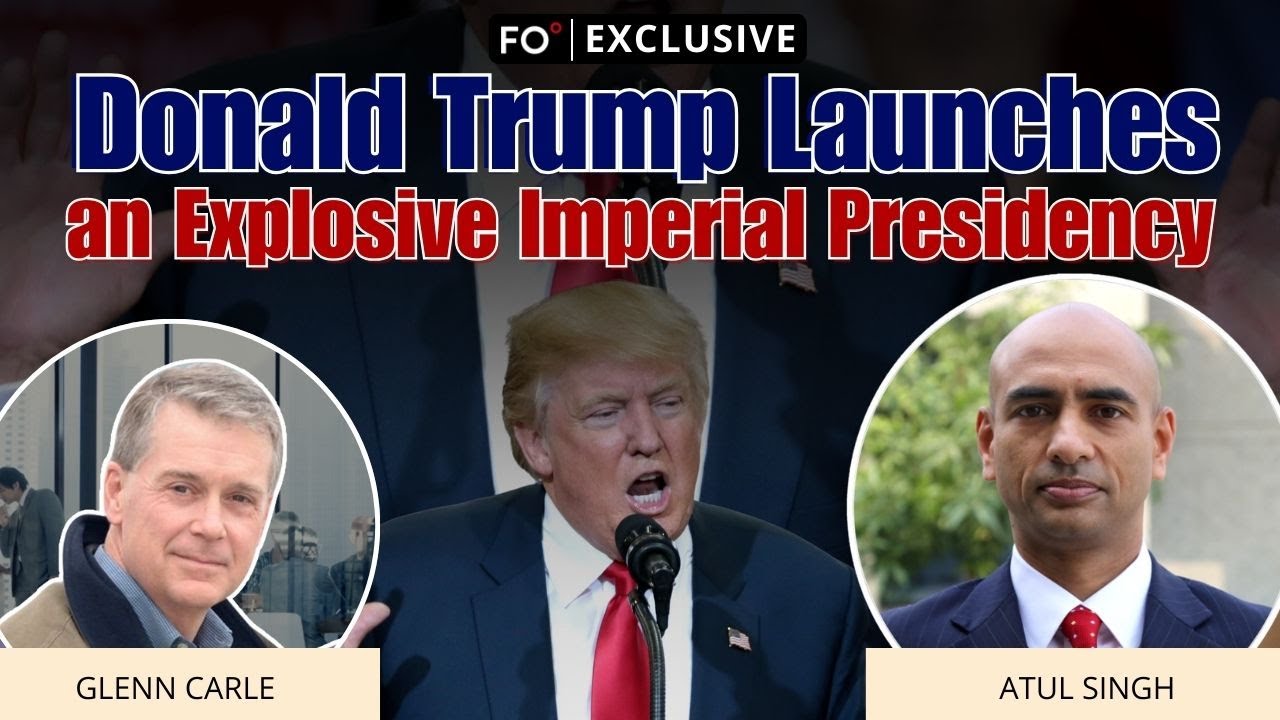
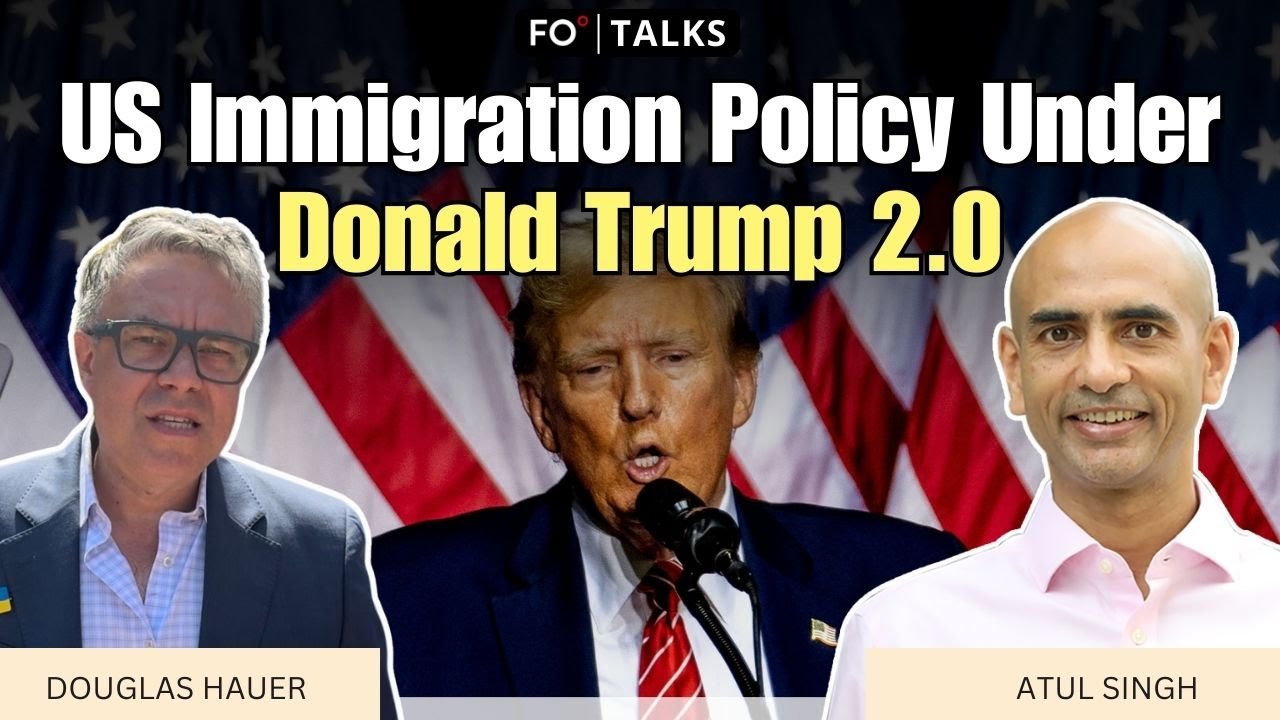



Comment